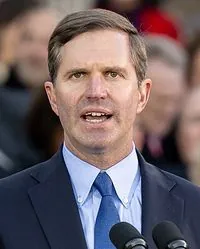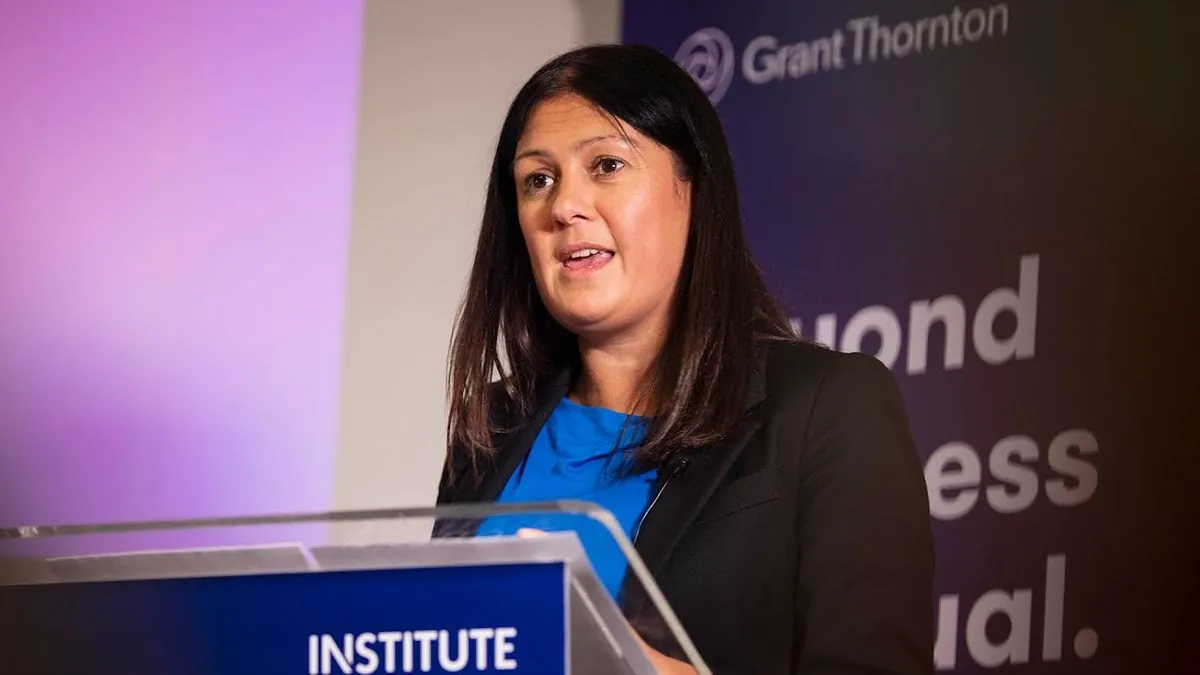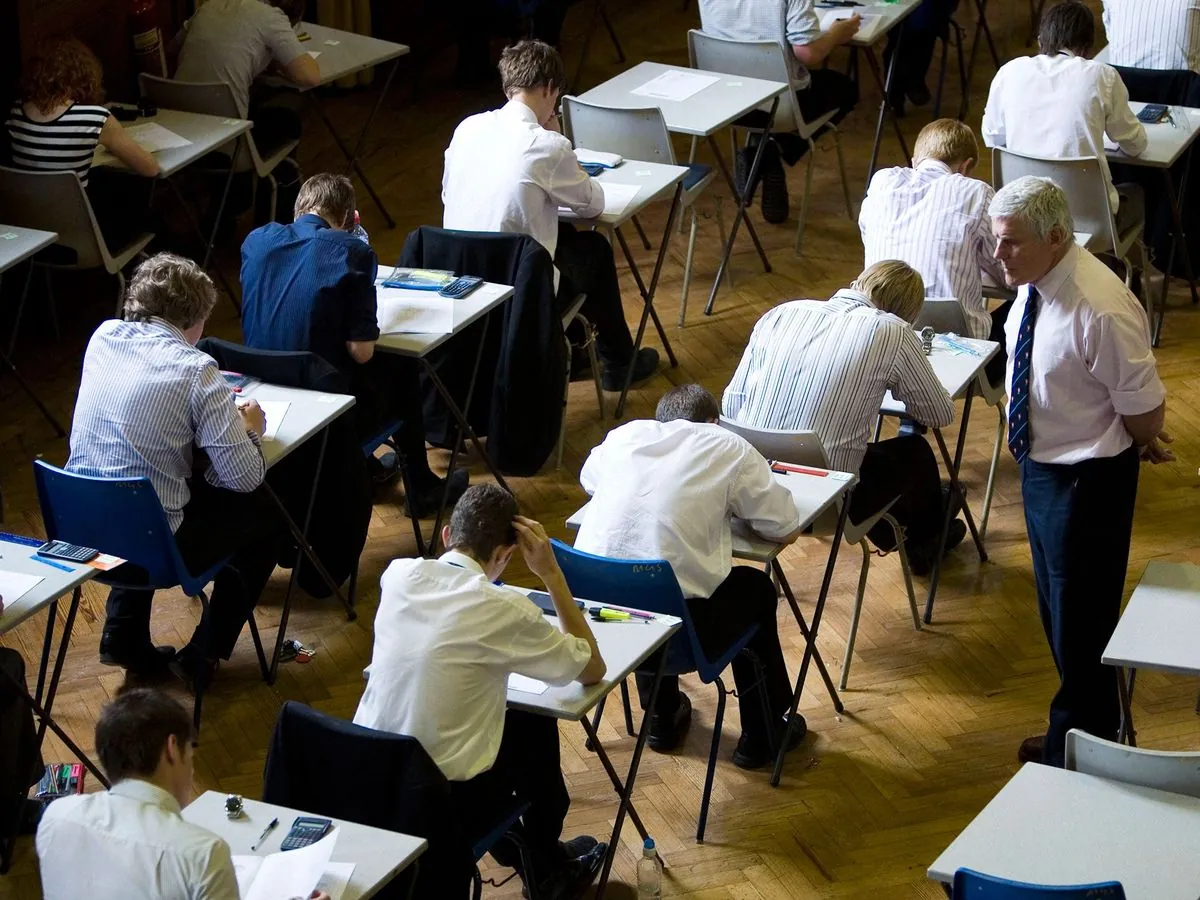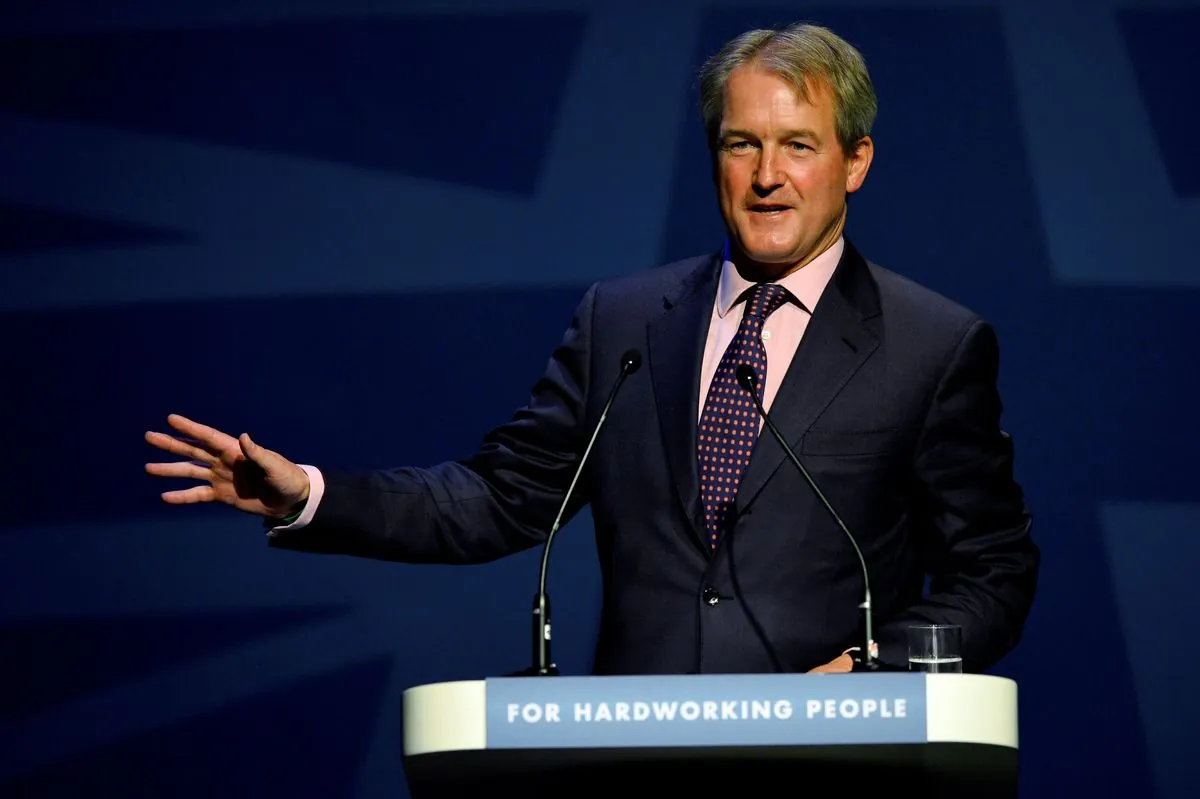Surrey Braces for Education Shake-up as VAT on Private School Fees Looms
Surrey faces potential education crisis as VAT on private school fees may force students into state system. Concerns rise over capacity, special needs support, and impact on smaller private schools.
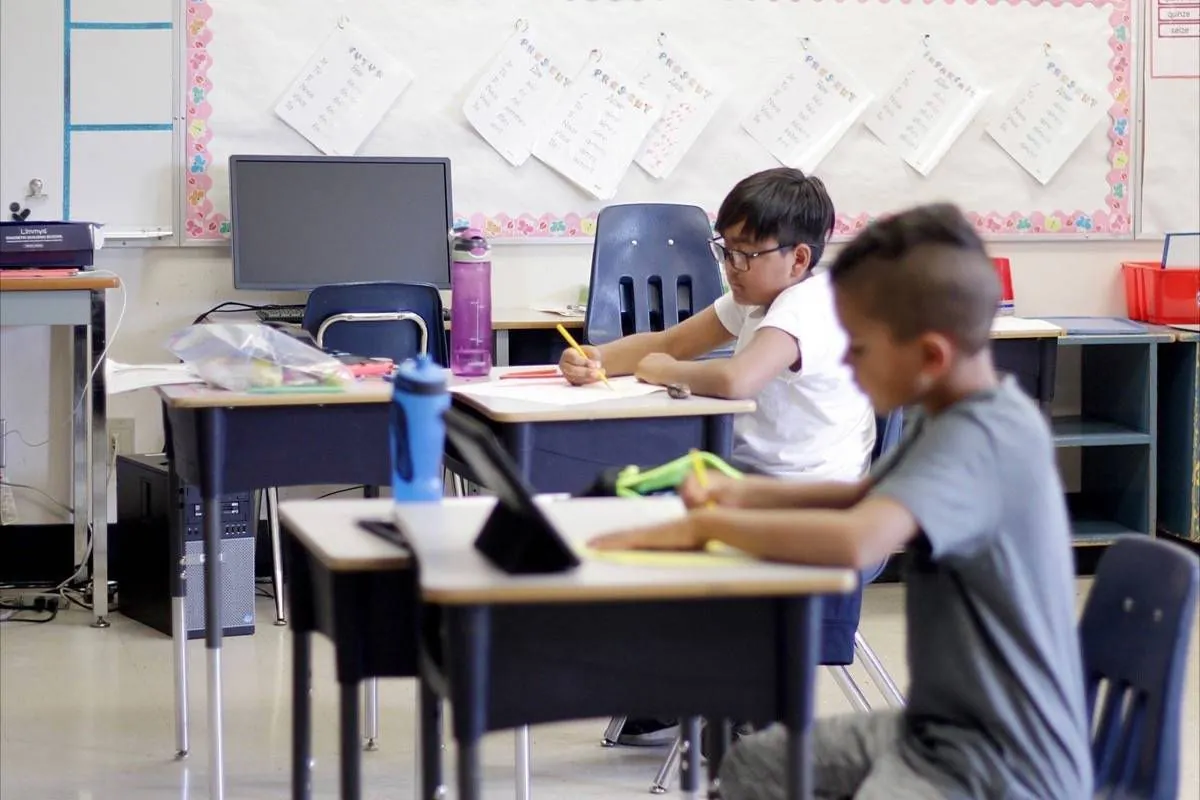
The impending introduction of Value Added Tax (VAT) on private school fees in January 2025 is causing significant concern in the education sector, particularly in affluent areas like Surrey. This policy change is expected to have far-reaching consequences for both private and state schools, as well as families and local communities.
Surrey, with its high concentration of private school students, is at the epicenter of this potential educational upheaval. Of the county's 200,710 pupils, 41,121 (20.49%) are privately educated, nearly triple the national average of 7%. If the Adam Smith Institute's estimate of a 25% exodus from private schools holds true, Surrey's state schools could face an influx of over 10,000 new students.
Samantha Price, the new head of Cranleigh School, notes, "There's a huge amount of work and modelling going on to ensure we can limit the impact of this policy on parents while also maintaining a sustainable business." Cranleigh School, with 695 students and annual fees ranging from £39,795 to £48,795, may weather the storm better than smaller institutions.
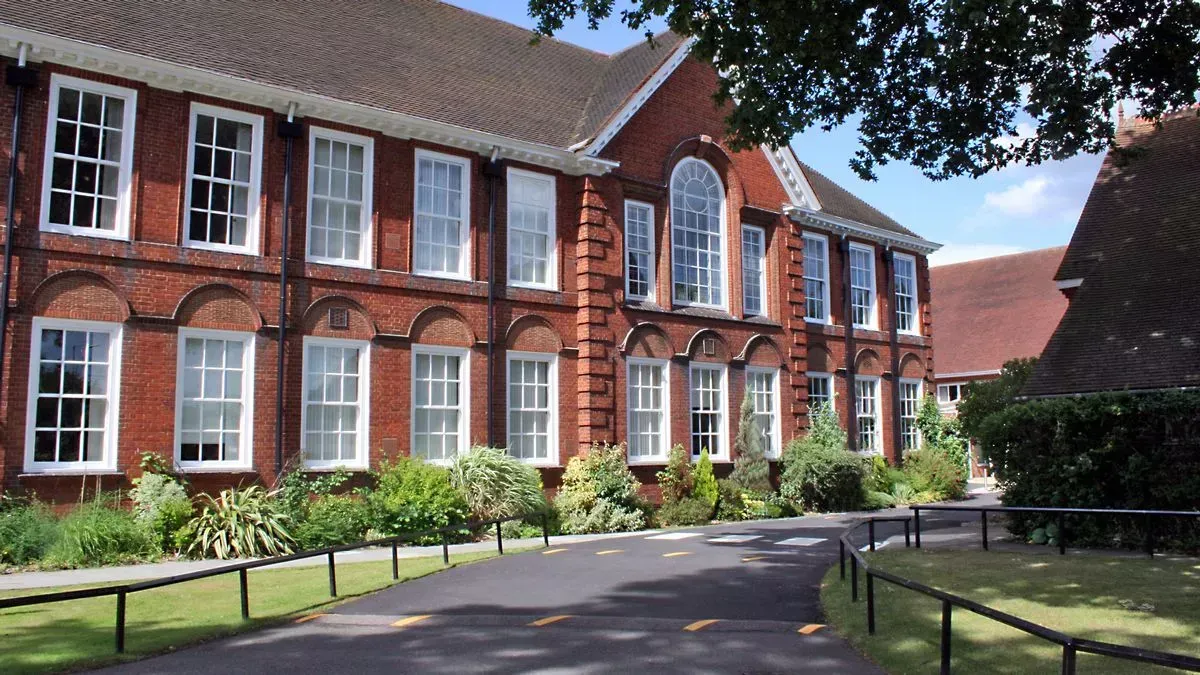
The situation is particularly concerning for children with special educational needs. Surrey has a higher-than-average proportion of pupils with Education, Health and Care Plans (EHCPs), and many are educated in private schools. Michelle Catterson, head teacher at Moon Hall School, a specialist institution for children with special needs, warns, "The children often arrive at my school a little bit traumatised where their educational needs have not been met. While it's good Labour want to increase the number of teachers in state schools, they also need to be able to meet these children's special education needs."
Smaller private schools are at the greatest risk of closure. Adrian Floyd, head of The Hawthorns preparatory school, explains, "Nowadays you really need to have more than 300 pupils to be viable. There are lots of independent schools in Surrey that are in the danger zone."
The impact extends beyond individual schools. Many private institutions collaborate extensively with state schools, offering mentorships, teaching resources, and university application support. Price argues, "One of the biggest misconceptions is that the independent and maintained sectors are entirely separate. In fact, there's a huge amount of partnership work."
"It's important to remember that this policy is not itself going to address the funding crisis facing schools and colleges. That is going to require a substantial increase in core funding."
Concerns are not limited to the private sector. State school heads and teaching unions worry about potential overcrowding and resource strain. The government's plan to use the £1.5bn raised from the VAT levy to fund 6,500 new teachers may not be sufficient, especially given the uneven distribution of private school students across the country.
The personal impact on families is significant. Ian Cook, a financial advisor from Farnham, says he will cut other expenses to keep his son in private education. However, he acknowledges that many parents will have no choice but to withdraw their children, putting additional pressure on local state schools.
As the January 2025 implementation date approaches, the education sector in Surrey and similar areas across the UK faces a period of uncertainty and potential upheaval. The full impact of this policy change remains to be seen, but it's clear that careful planning and additional resources will be necessary to ensure a smooth transition for all students, regardless of their educational background.













